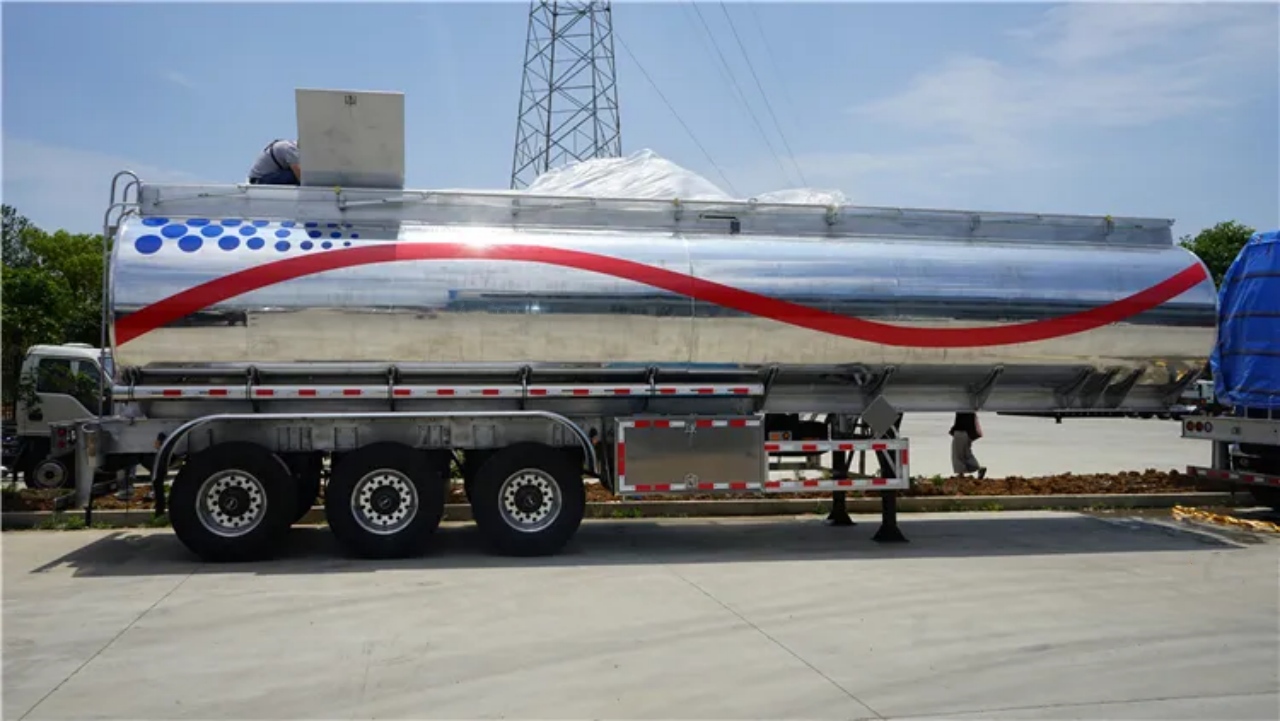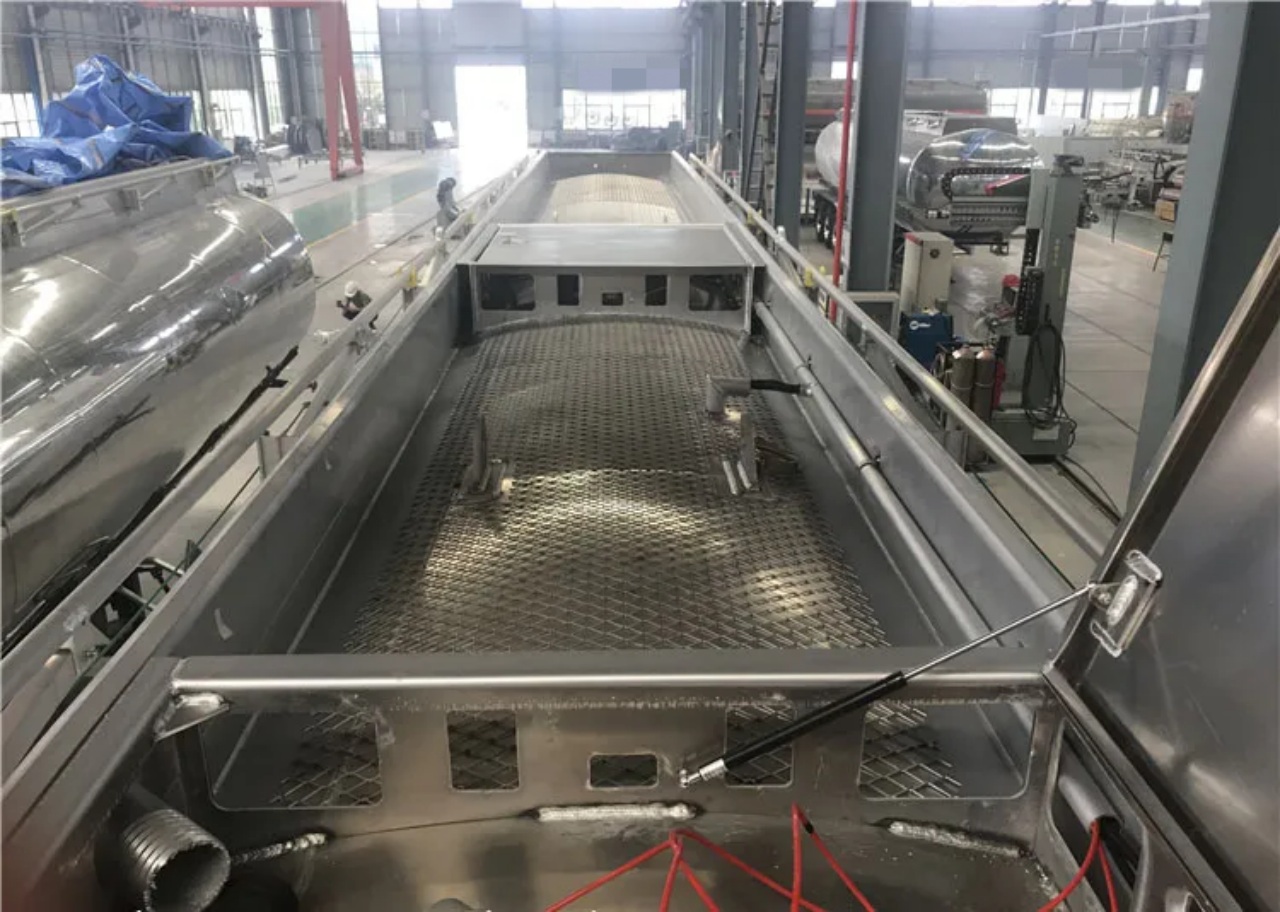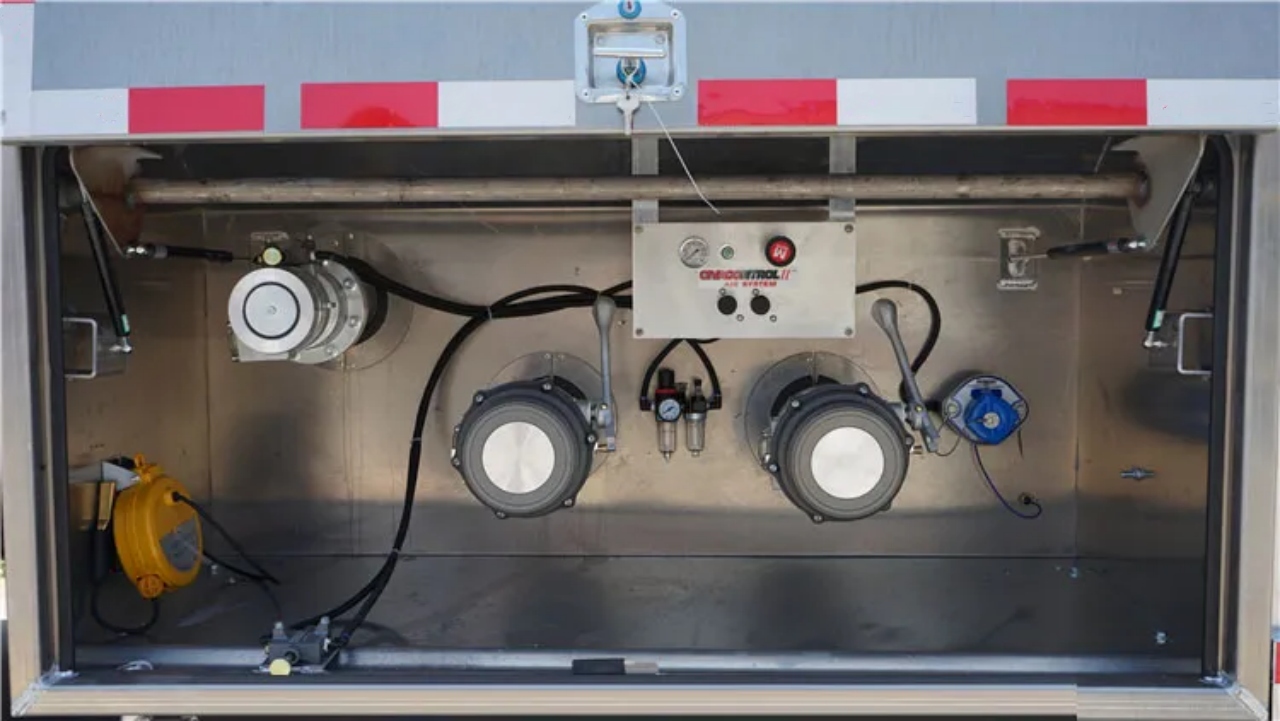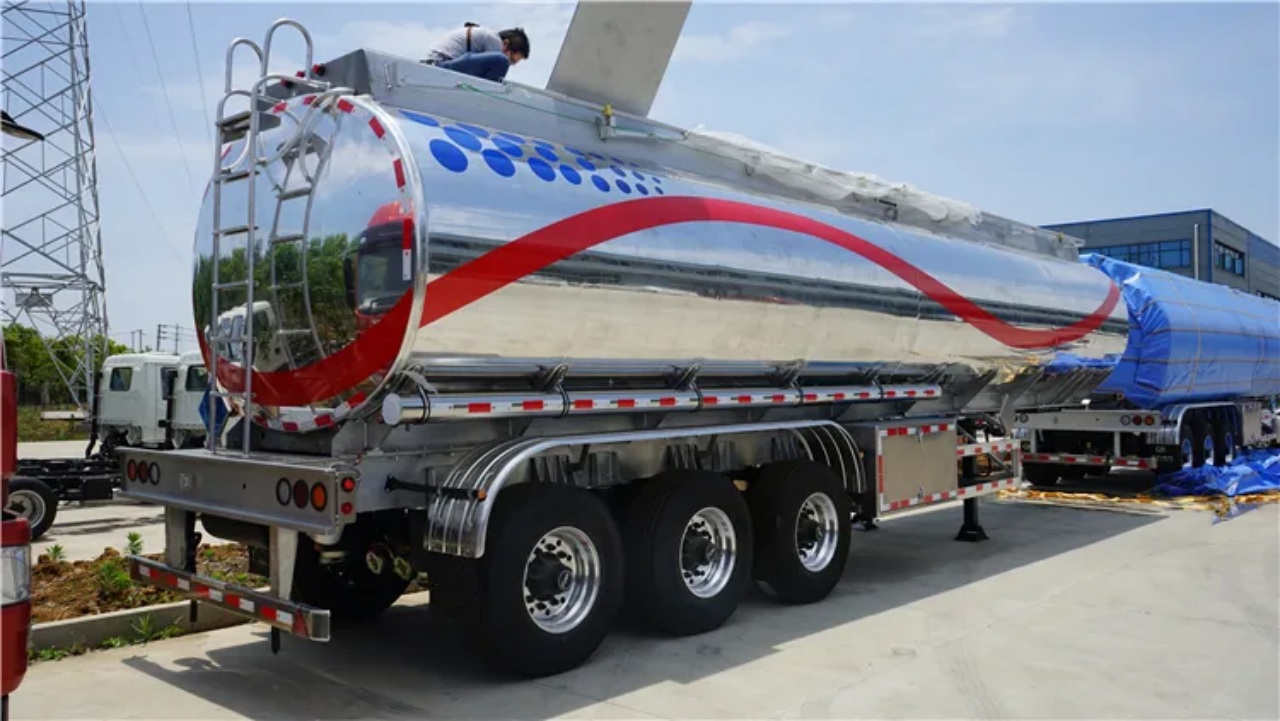Tanker Trailer Length Explained by Type, Usage, and Regulations
Tanker trailers are essential components of the global logistics industry, transporting a wide variety of liquid, gas, and dry bulk materials. From fueling stations to chemical plants and food-grade facilities, tanker trailers carry substances that keep the economy running. Among the many specifications used to define a tanker trailer—capacity, material, number of compartments—the length of the trailer plays a critical role in determining its functionality, load limits, and suitability for specific routes and regulations. So, how long is a tanker trailer? The answer depends on multiple factors, including its design, purpose, and region of operation.
Standard Length of Tanker Trailers
In the United States, the typical length of a tanker trailer ranges from 40 to 53 feet. The most common length for general-purpose liquid tankers is about 42 to 45 feet. However, this figure can vary depending on what the trailer is designed to carry. For example:
- Petroleum tankers (e.g., for gasoline and diesel) are usually 40 to 45 feet long.
- Chemical tankers, especially those hauling corrosive or hazardous materials, may also fall within the 42 to 45 feet range.
- Food-grade tankers (such as those used to transport milk, juice, or edible oils) are generally between 43 and 45 feet.
- Dry bulk tankers (used for materials like flour, sugar, or cement) can be 40 to 45 feet long but tend to vary more depending on compartment design.
- Gas tankers, like those used for liquefied petroleum gas (LPG) or liquefied natural gas (LNG), are usually 45 to 53 feet long to accommodate the pressurized tanks and safety systems.
In contrast, European tanker trailers are generally shorter due to stricter road length limitations. A standard European tanker trailer is typically 11 to 13.6 meters (approximately 36 to 45 feet) long.

Factors Influencing Tanker Trailer Length
Several critical factors influence how long a tanker trailer is built or allowed to be:
1. Cargo Type
The nature of the cargo being transported significantly impacts the required length of the trailer. For example, liquid cargo may require longer trailers to accommodate high-volume tanks, while pressurized gases often need more robust and, thus, sometimes longer containment systems. Food-grade tankers are also often slightly longer to house insulation and cleaning systems.
2. Regulatory Constraints
Regulatory limits on trailer length vary by country, state, and even municipality. In the U.S., the federal government mandates a maximum trailer length of 53 feet, but certain states may allow longer combinations under special permits. In the European Union, the maximum allowable length for a semi-trailer is 13.6 meters (44.6 feet), although longer modular combinations are becoming more common in Scandinavia.
3. Axle Configuration and Load Limits
A longer tanker trailer allows for more axles, which helps distribute the load more evenly and comply with road weight restrictions. For example, tri-axle or quad-axle configurations are more common in longer trailers to support heavier cargo while adhering to bridge laws and tire load limits.
4. Compartmentalization
Many tanker trailers are divided into multiple compartments, especially those transporting fuel. A multi-compartment design allows different grades or types of liquids to be transported in the same trailer. Additional compartments may require longer trailer frames.
5. Road and Maneuvering Considerations
Urban deliveries or confined loading environments may require shorter trailers for better maneuverability. Conversely, highway-only tankers can be longer, improving fuel efficiency and maximizing cargo volume per trip.
Types of Tanker Trailers and Their Typical Lengths
Here’s a breakdown of some common tanker trailer types and their general length ranges:
| Type of Tanker Trailer | Typical Length | Common Cargo |
|---|---|---|
| Petroleum/Fuel Tanker | 40–45 feet | Gasoline, diesel |
| Chemical Tanker | 42–45 feet | Acids, solvents |
| Food-Grade Liquid Tanker | 43–45 feet | Milk, juice, oil |
| Dry Bulk Tanker | 40–45 feet | Cement, flour |
| LPG/Natural Gas Tanker | 45–53 feet | Propane, LNG |
| Asphalt/Bitumen Tanker | 42–46 feet | Hot asphalt |
Regional Variations in Tanker Length
Different countries and regions impose varying regulations on tanker trailer lengths.
United States
- Maximum legal trailer length: 53 feet (without special permits).
- Fuel tankers commonly range from 40 to 45 feet.
- Longer tankers are common in states with flat terrain and long-haul routes.
Canada
- Similar regulations to the U.S., but longer combination vehicles (LCVs) are more widely accepted.
- Super B-trains used for fuel or dry bulk can reach up to 82 feet in total length.
Europe
- Standard semi-trailer length: 13.6 meters (~44.6 feet).
- Total vehicle length, including tractor and trailer, is capped at 16.5 meters (~54 feet).
- Modular road trains and high-capacity vehicles (HCVs) are being tested in some areas.
Australia
- One of the most liberal in terms of trailer combinations.
- Road trains with tanker trailers can be up to 53.5 meters (175 feet) in total length.
- These are typically used in remote, low-traffic regions for mining and fuel transport.
Why Tanker Trailer Length Matters
The length of a tanker trailer directly affects multiple operational aspects, including:
- Payload capacity – Longer trailers can typically carry more volume or weight, subject to axle load limits.
- Fuel economy – Longer trailers reduce the number of trips needed, enhancing efficiency.
- Route planning – Some roads and bridges have length or turning radius restrictions.
- Loading/unloading infrastructure – Facilities must be equipped to handle the full length of the trailer.

Conclusion
Tanker trailer length is a variable and essential specification in the design and operation of commercial transport equipment. While standard lengths fall between 40 and 53 feet in most regions, the exact measurement depends on the cargo type, legal environment, axle setup, and operational needs. For fleet managers, logistics planners, and regulatory agencies, understanding tanker trailer length isn’t just about size—it’s about optimizing safety, efficiency, and compliance in a complex and evolving transportation landscape.



